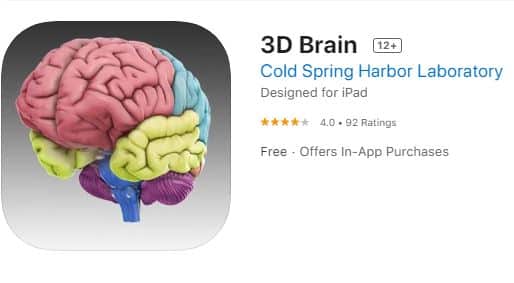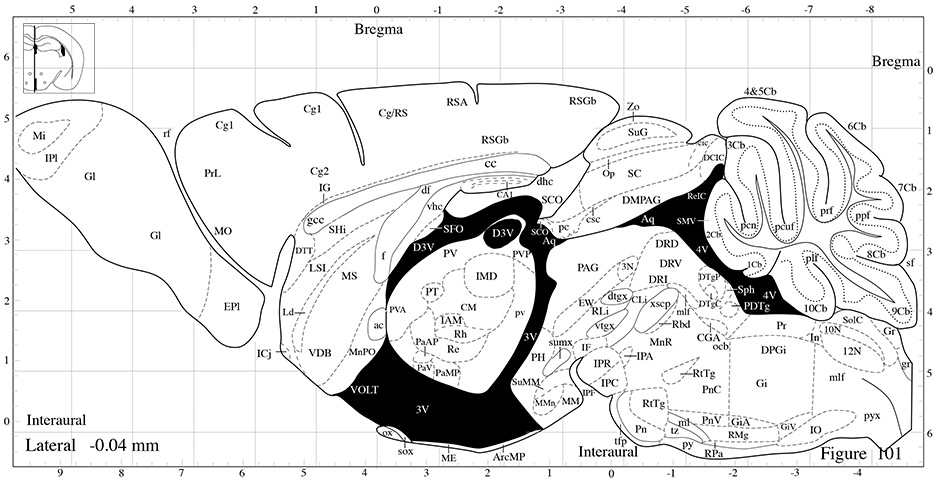

Our behaviors, as well as our thoughts and feelings, are produced by the actions of our brains, nerves, muscles, and glands. If Adams and Ravel were both affected by the same disease, this could explain why they both became fascinated with the repetitive aspects of their arts, and it would present a remarkable example of the influence of our brains on behavior.Įvery behavior begins with biology. Scientists have concluded, based on an analysis of his written notes and letters, that Ravel was also experiencing the effects of frontotemporal dementia (Amaducci, Grassi, & Boller, 2002).

Ravel composed Boléro at age 53, when he himself was beginning to show behavioral symptoms that were interfering with his ability to move and speak. In fact, it appears that Ravel may have suffered from the same neurological disorder. What Adams did not know at the time was that her brain may have been undergoing the same changes that Ravel’s had undergone 66 years earlier. The deterioration of the frontal cortex is a symptom of frontotemporal dementia, a disease that is associated with changes in artistic and musical tastes and skills (Miller, Boone, Cummings, Read, & Mishkin, 2000), as well as with an increase in repetitive behaviors (Aldhous, 2008). Neuroimages of Adams’s brain taken during this time show that regions in the front part of her brain, which are normally associated with language processing, had begun to deteriorate, while at the same time, regions of the brain responsible for the integration of information from the five senses were unusually well developed (Seeley et al., 2008). Shortly after finishing the painting, Adams began to experience behavioral problems, including increased difficulty speaking. This is a video clip of Maurice Ravel’s Boléro, composed in 1928 during the early phases of his illness.

Like Ravel’s music (see the video below), which is a hypnotic melody consisting of two melodial themes repeated eight times over 340 musical bars, the theme in the painting repeats and builds, leading to a dramatic change in color from blue to orange and pink, a representation of Boléro’s sudden and dramatic climax. Each bar of music is represented by a lacy vertical figure, with the height representing volume, the shape representing note quality, and the color representing the music’s pitch. This artwork is a filled with themes of repetition. In 1994 she completed her painting Unravelling Boléro, a translation of Maurice Ravel’s famous orchestral piece onto canvas. She took a leave of absence from her work to care for a sick child, and while she was away, she completely changed her interests, dropping biology entirely and turning her attention to art. In 1986 Anne Adams was working as a cell biologist at the University of Toronto in Ontario, Canada. Did a Neurological Disorder Cause a Musician to Compose Boléro and an Artist to Paint It 66 Years Later?


 0 kommentar(er)
0 kommentar(er)
